The booming SaaS industry comes with its own set of risks and benefits. Business models are evolving at a breakneck pace. SaaS’s various essence has taken two directions: vertical SaaS and horizontal SaaS. Over the last few years, the Software as a Service (or SaaS) industry has expanded significantly. It raised over $100 billion in 2020 alone and is expected to continue in the coming years.
Check: SaaS development company
What is Vertical SaaS?
Vertical Software as a service is industry-specific. It is a relatively new division within the SaaS industry. This is where established dealers target specific sectors, markets, or trades. So stated, it is a comprehensive solution for a specific line of operation.
A vertical SaaS supplier views the market from a variety of perspectives. However, it would not guarantee that it would represent an enormous product spectrum in its entirety. However, it does focus on a few specific business verticals.
Vertical SaaS Advantages
Vertical SaaS is a relatively recent concept, but it is rapidly gaining traction. Numerous developers are shifting away from the conventional horizontal paradigm in favor of a vertical one. following are some of the more compelling explanations behind their actions:
-
Complies with Industry Standards
Vertical SaaS goods are those that are tailored to a specific class of market or sector. Hence, they must adhere to the industry’s norms and regulations for safety, efficiency, and other factors.
This is a significant differentiator for Vertical SaaS vendors. If they can demonstrate to prospective buyers that their offering is exceptional since it was designed specially to meet their needs, they would have an easier time closing the deal and making a profit.
-
Highly Specific Products
When designing a product utilizing the Vertical SaaS model, SaaS vendors must conduct extensive research into the desires of their target audience. Rather than attempting to understand a little about any possible customer that could utilize their app, they should concentrate on a single niche and become intimately familiar with it.
What is Horizontal SaaS (Software as a Service)?
Contrary to popular belief, horizontal Software as a service caters to a diverse array of consumers. It envisions a monstrous mass in the grand scheme of things rather than concentrating on a specific niche. This is facilitated by the fact that individuals from diverse niches have a range of needs and end goals.
Fortunately, horizontal SaaS firms have been around for a long period. It aspires to have a broader range of consumer support that spans many sectors. Their greater breadth enables them to be a more rational match for various job conditions and industries.
Horizontal SaaS Advantages
Several advantages of using this model for your company include the following:
Horizontal SaaS enables you to sell broadly rather than deeply. Since you’re essentially marketing service to everyone, the horizontal solution gives you access to a large pool of prospective customers. Additionally, these individuals are often simpler to reach than others who work in a highly specialized field.
-
Customer Recognition and Trust
Horizontal SaaS brands are more common to customers (who doesn’t use Slack?). Therefore, they will be more likely to trust a developer who sells this product than one aimed at a particular niche.
Vertical SaaS vs Horizontal SaaS: What’s the Difference?
Here’s the difference between vertical saas vs horizontal saas
-
Marketing and Advertising:
The horizontal SaaS ventures into the chapter of ‘sales and marketing to entice additional verticals. Then, these verticals would increase their conversion of leads to loyal customers. Vertical SaaS patterns, on the other side, need only to be based on a certain niche.
-
Scalability and manageability:
Vertical SaaS providers benefit from increased manageability because of the decreased number of facets and activities. A small outsourced team or even a small in-house squad minimizes the occurrence of larger, unnecessary problems. In a horizontal SaaS model, this is not the case. A horizontal software vendor manages a sizable corporation. As a result, the scalability and manageability induced are significantly greater than those induced by a vertical structure.
-
Digital Transformation:
Today, the most difficult competition for a vertical SaaS provider is to go wireless. Thus, they would need to embark on a path with their leads toward full digital change in simpler terms. Meanwhile, the more difficult task for the horizontal SaaS provider was to target non-digitalized hubs. Thus, they, too, had to segment their companies into conventional, non-digital niches.
Final Remarks
Customer standards are because of the SaaS business’s success, effectively improving the benchmark for customer service. And why should this be any different? Businesses are quickly adaptable to changing consumer demands. Each industry evolves and caters to unique facets for its customers.
Not just that, but the low monthly membership prices and ease of access have aided in converting these consumers into brand advocates. When this is combined with smooth versatility, consumers’ churning seems to take a back seat.
Any queries? Feel free to fill our contact form to get a free consultation from our experts.
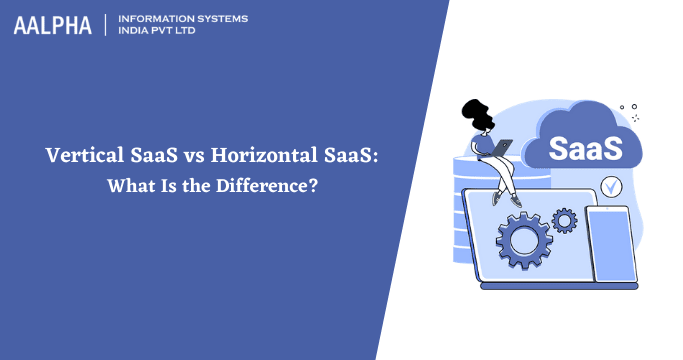
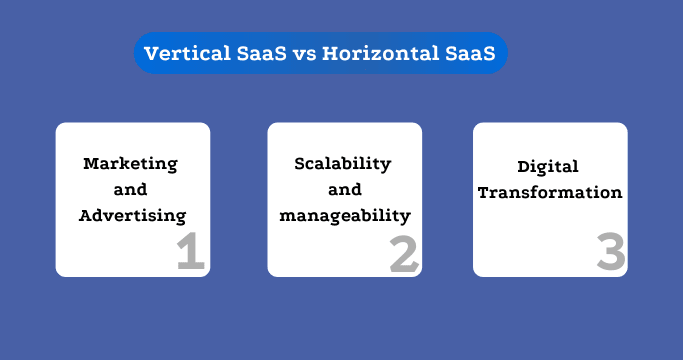
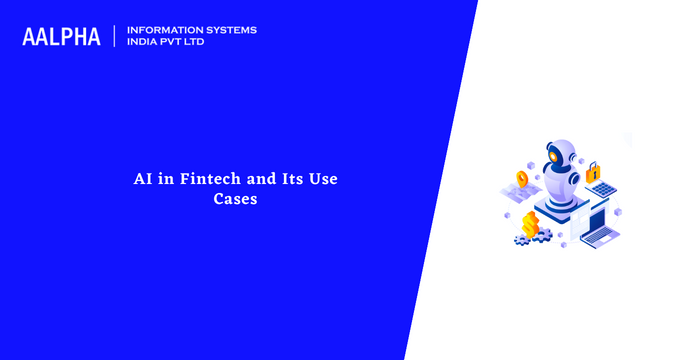
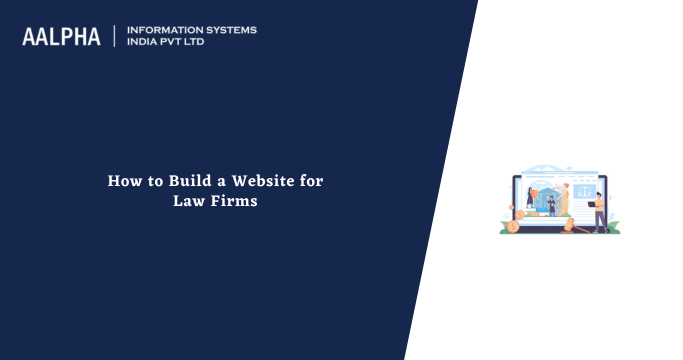
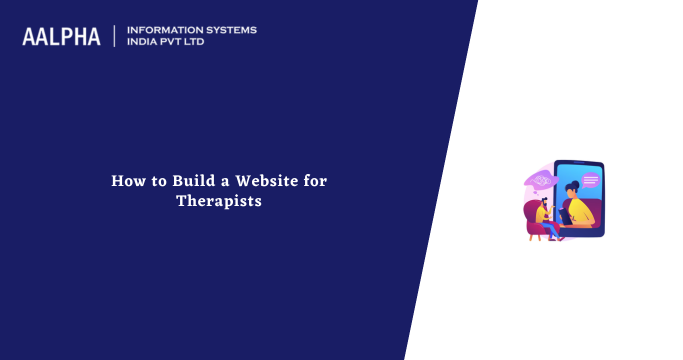
Share This Article:
Written by:
Muzammil K
Muzammil K is the Marketing Manager at Aalpha Information Systems, where he leads marketing efforts to drive business growth. With a passion for marketing strategy and a commitment to results, he's dedicated to helping the company succeed in the ever-changing digital landscape.
Muzammil K is the Marketing Manager at Aalpha Information Systems, where he leads marketing efforts to drive business growth. With a passion for marketing strategy and a commitment to results, he's dedicated to helping the company succeed in the ever-changing digital landscape.